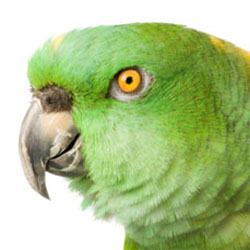 Learning your bird's language is key to having a productive, respectful relationship with your parrot. Birds can communicate in a variety of ways. If we are lucky, they use our own language to let us know what they want but certainly, they always convey their moods using their own unique vocalizations and body language.
Learning your bird's language is key to having a productive, respectful relationship with your parrot. Birds can communicate in a variety of ways. If we are lucky, they use our own language to let us know what they want but certainly, they always convey their moods using their own unique vocalizations and body language.
By taking the time to observe and interpret your parrot's body language, you will soon be able to easily discern when they are happy, want to play or eat, tired, angry, sick or even when they are about to poop! Gaining an understanding of the subtle clues your bird provides will enhance your relationship with your bird because you'll be able to earn his trust by respecting his moods and responding to his needs better. Not to mention, it will also help you to avoid some unwanted bites!
Body language can vary from species to species and even within a species but generalizations can be made regarding various body postures. Some signs are very clear, but many aspects of a bird's body language can be very subtle and many have dual meanings. Therefore, a particular movement or position can often only be accurately interpreted in conjunction with simultaneous postures, vocalizations and awareness of what's happening in the environment. A bird's eyes, posture, feather position, wing position and tail all provide valuable clues.
How to Recognize when your bird is.......
| Happy or content |
|
| Fearful |
|
| Aggressive or excited |
|
| Relaxed |
|
| Playful |
|
| Sick |
|
For more information on understanding your bird's methods of communicating see our article: Understanding Your Bird's Vocalizations
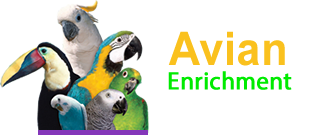














































































































































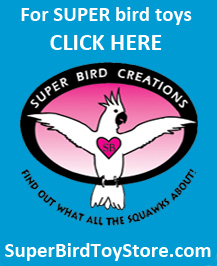

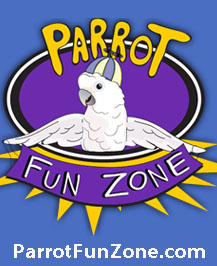
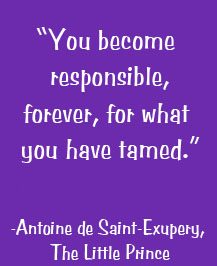
Comments powered by CComment